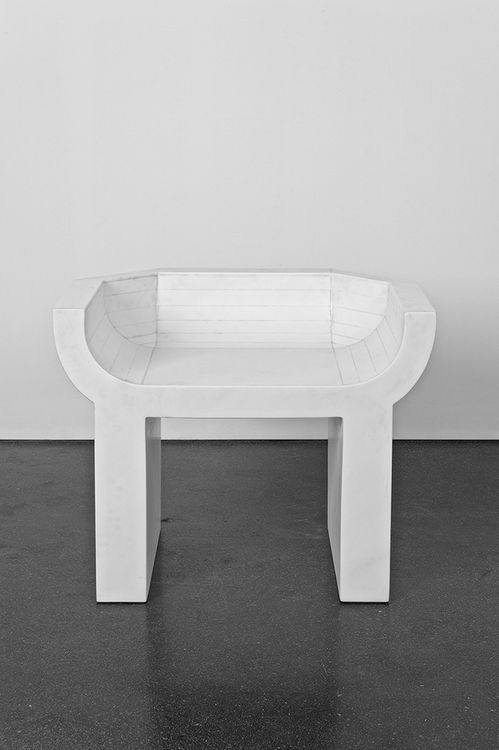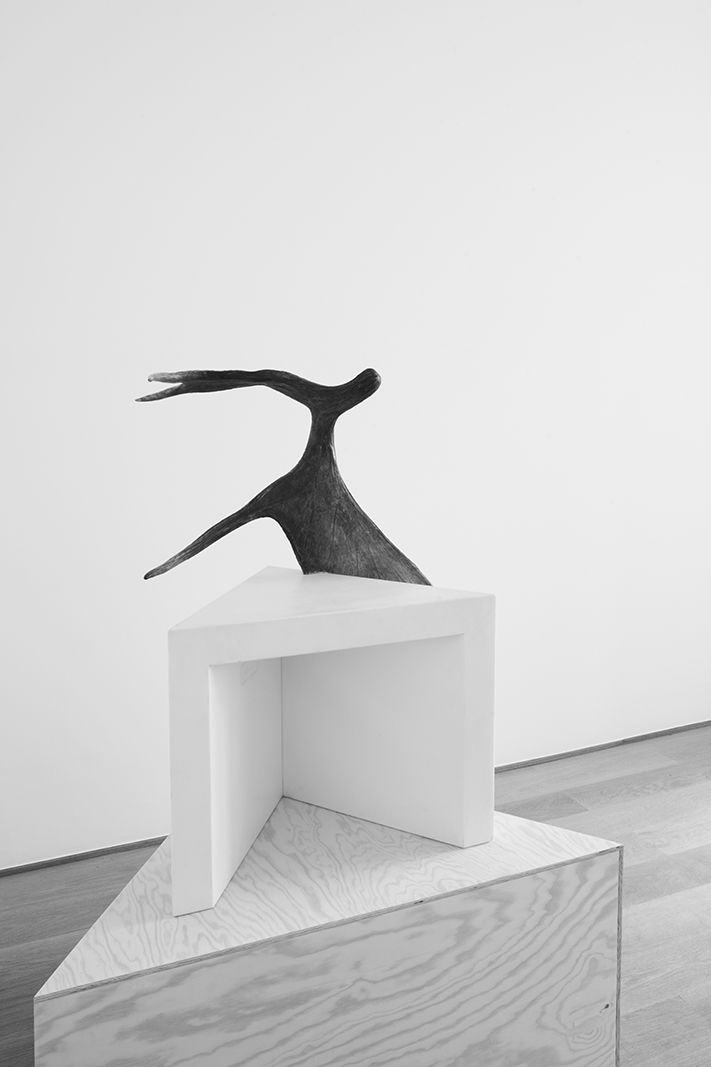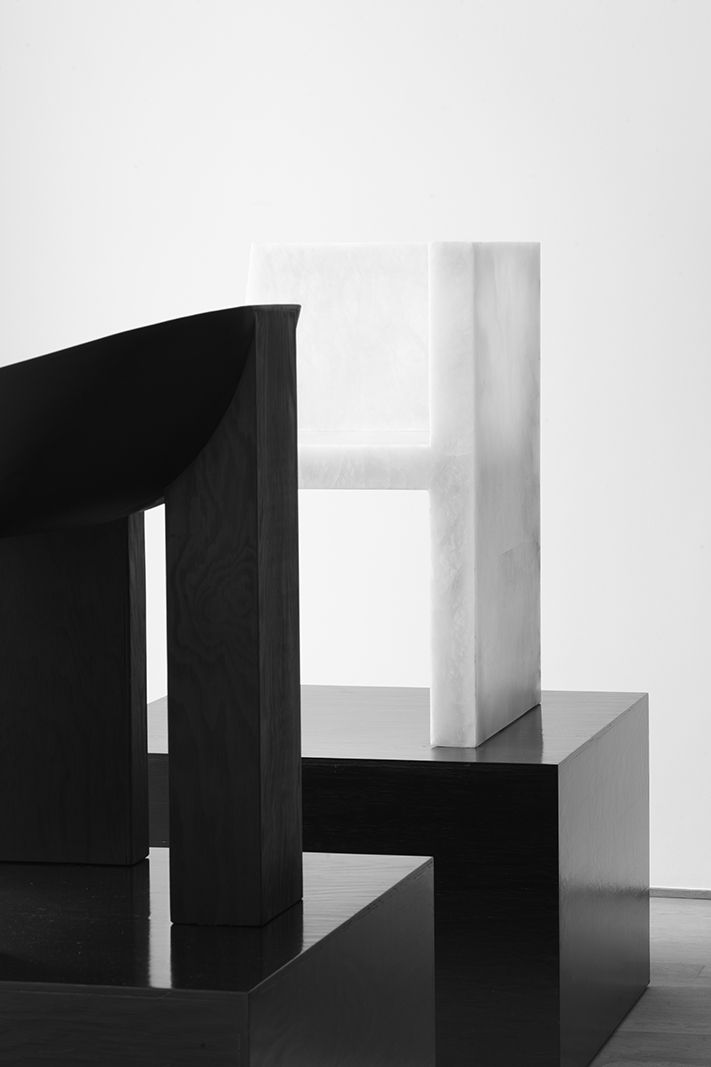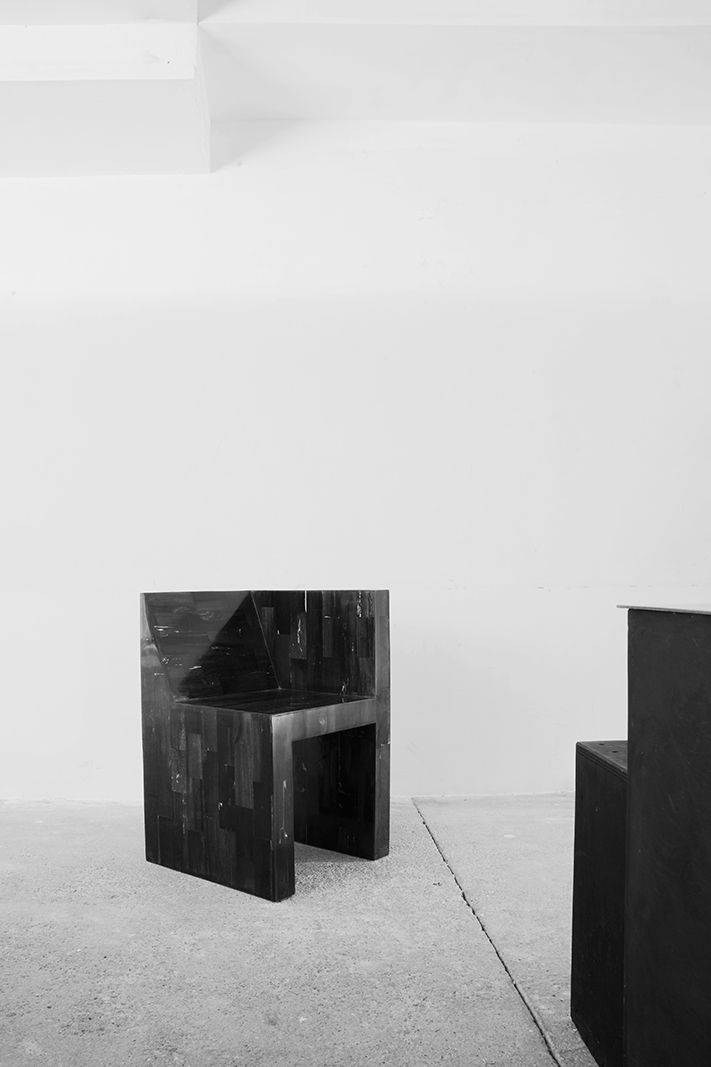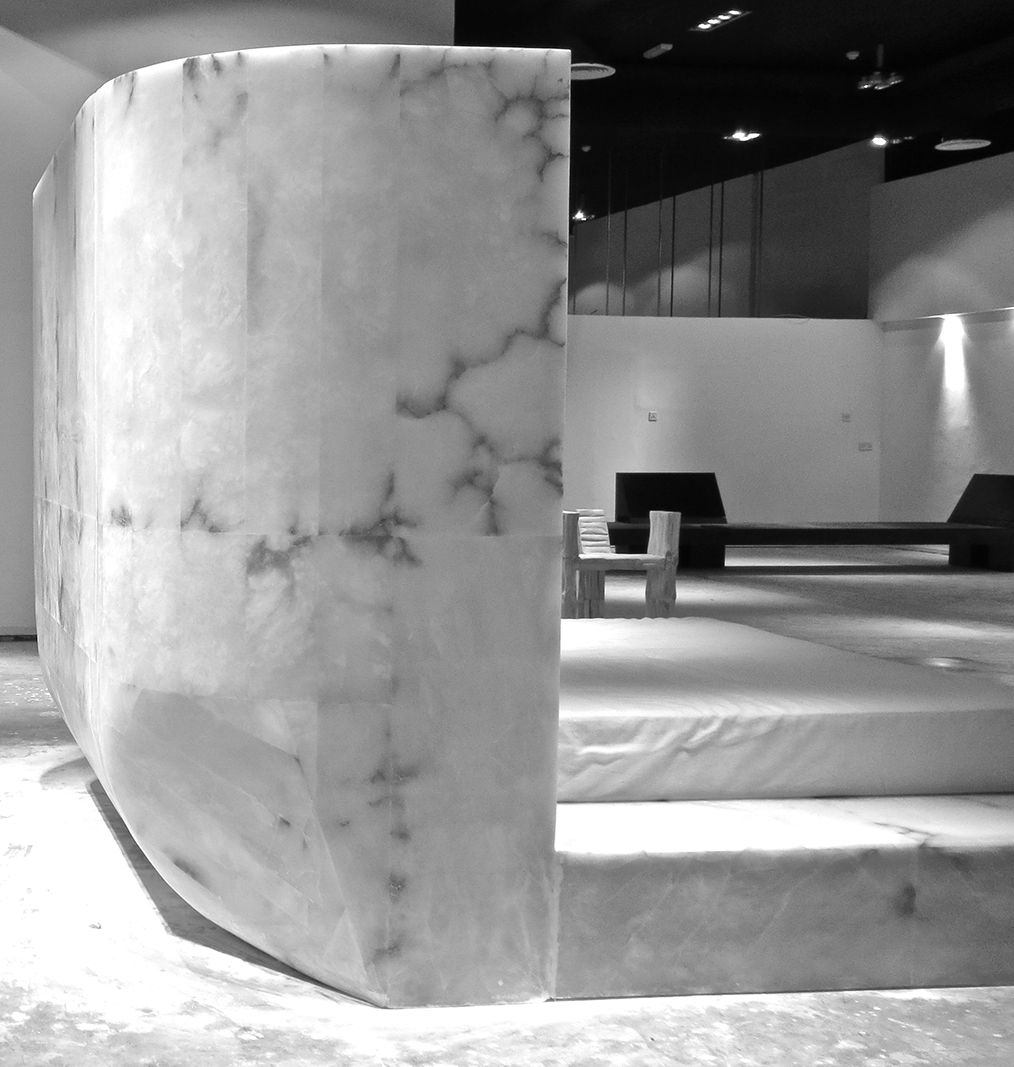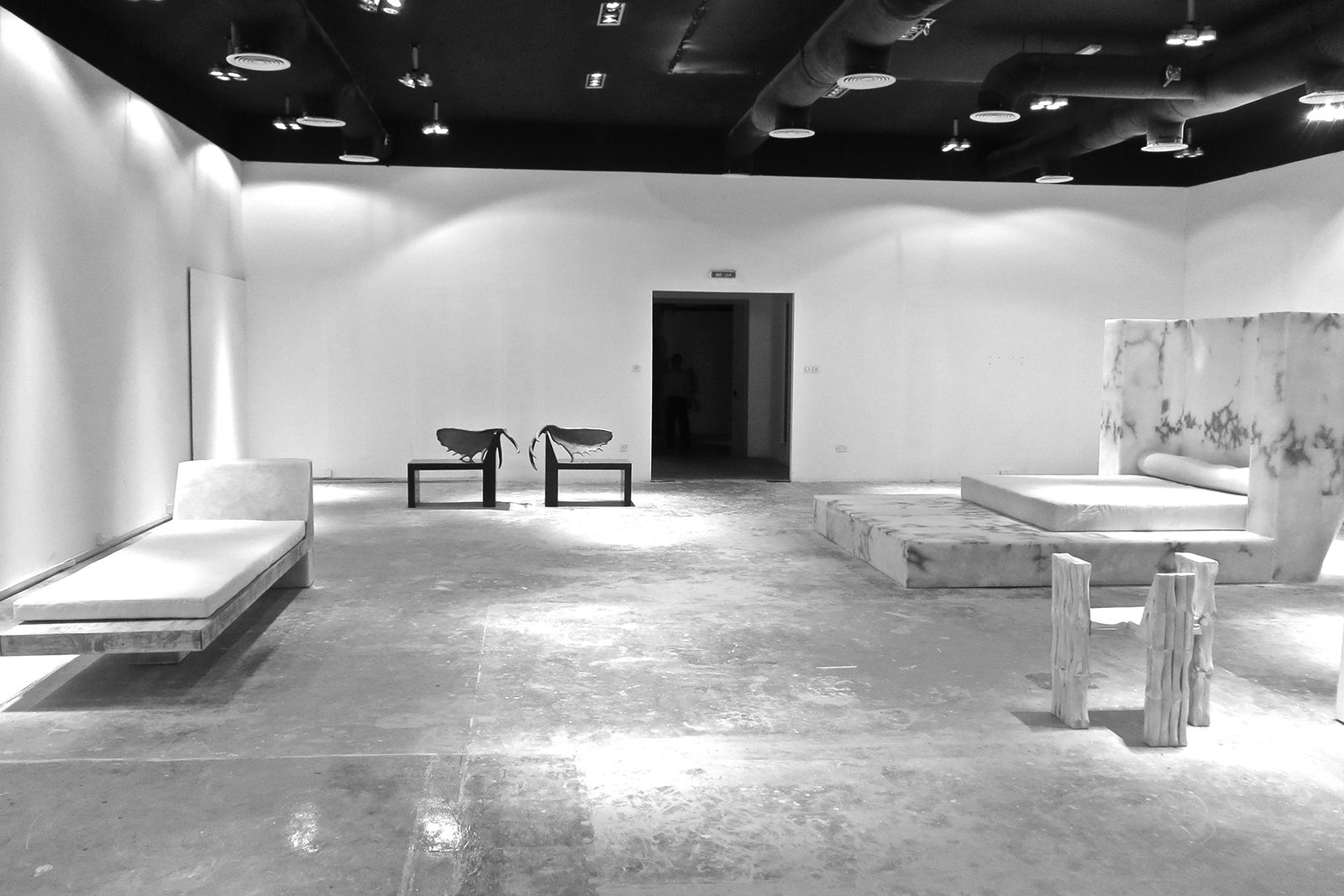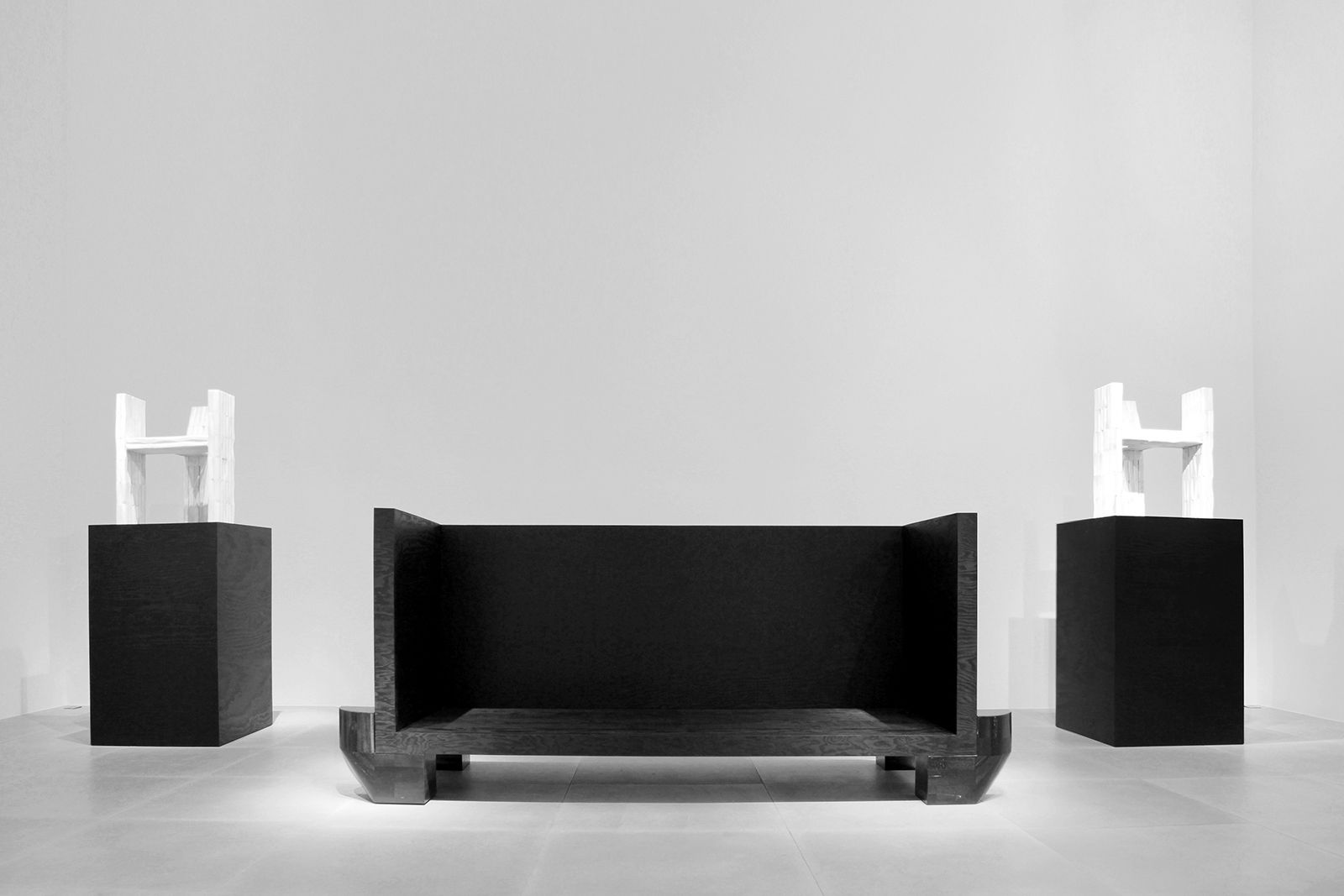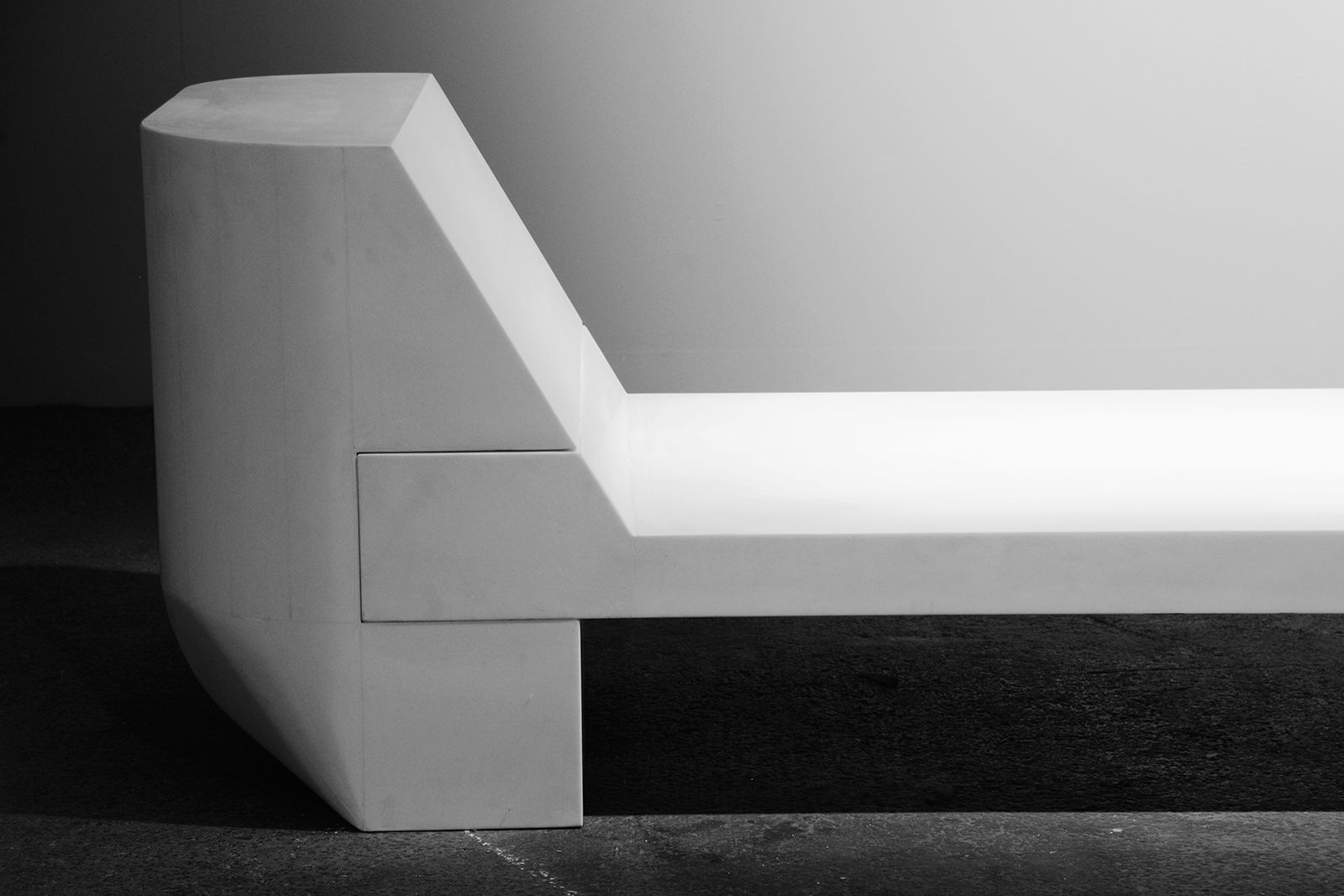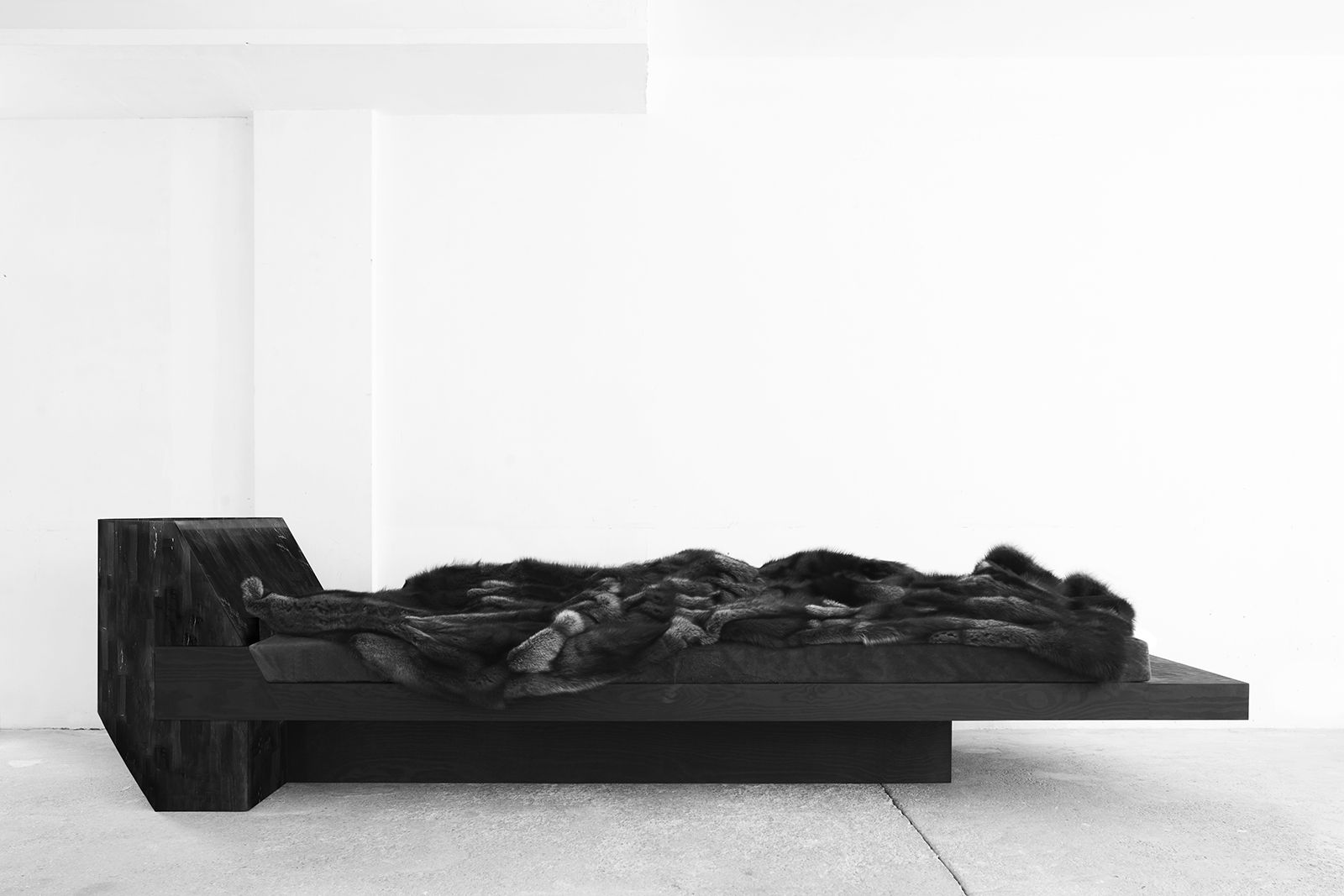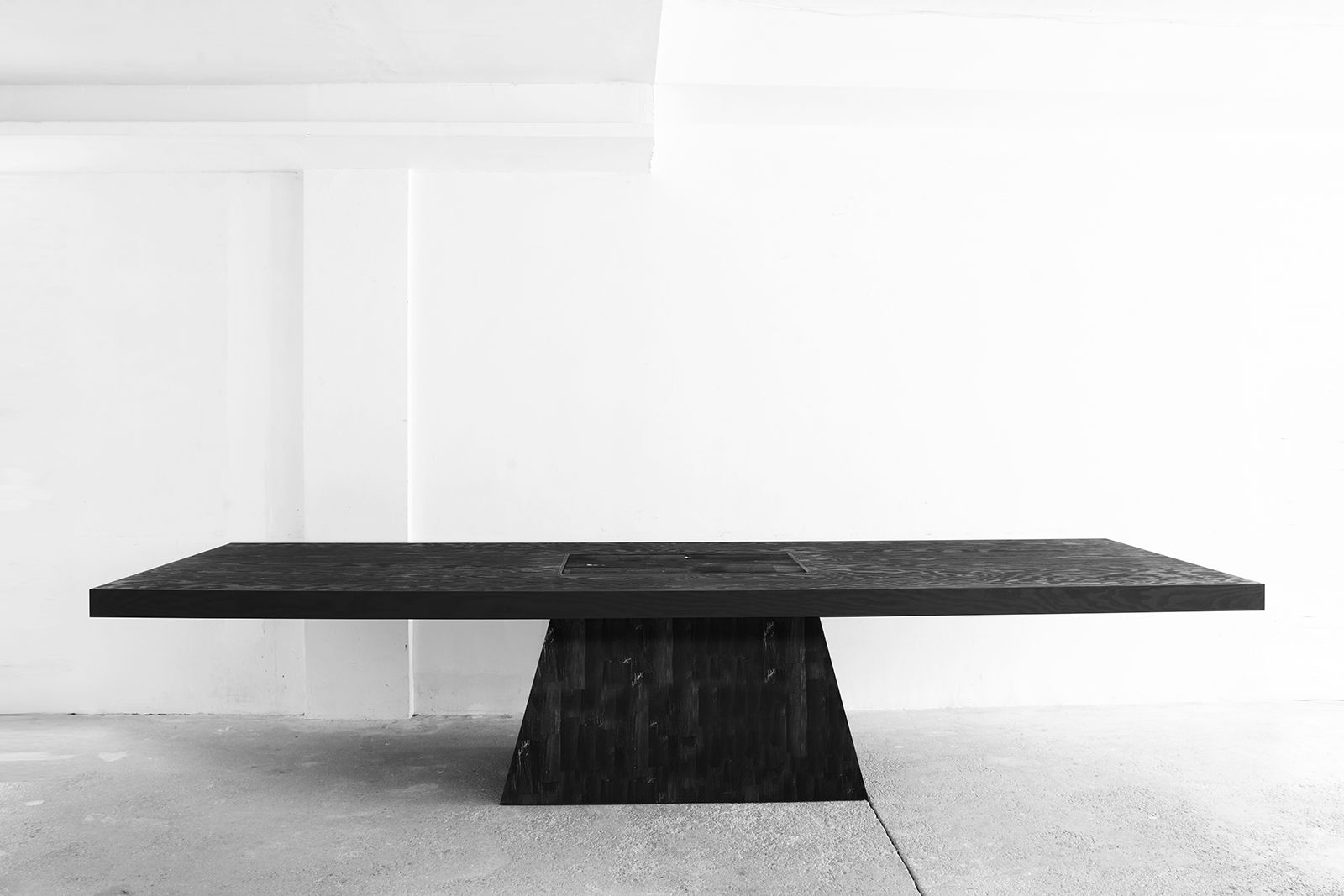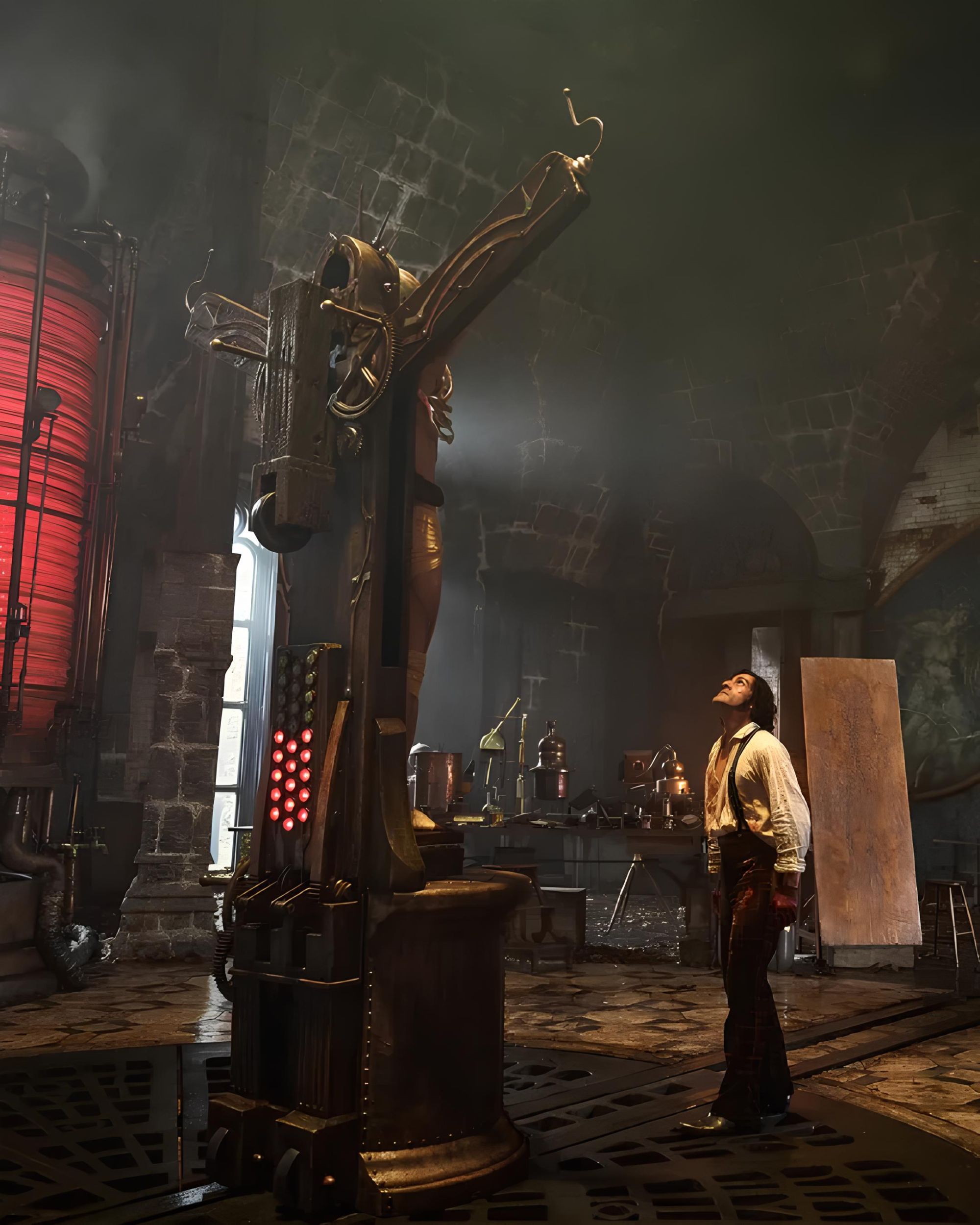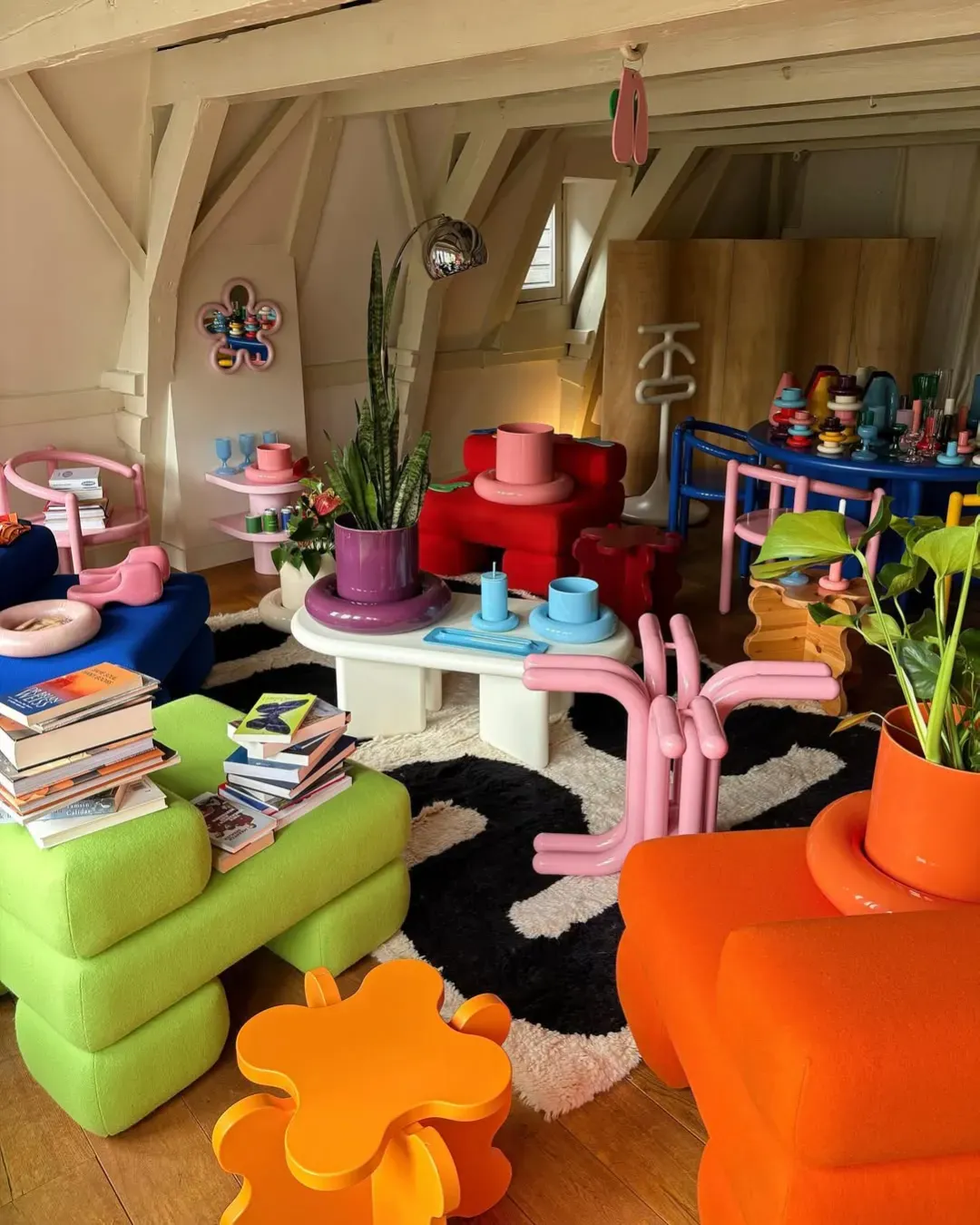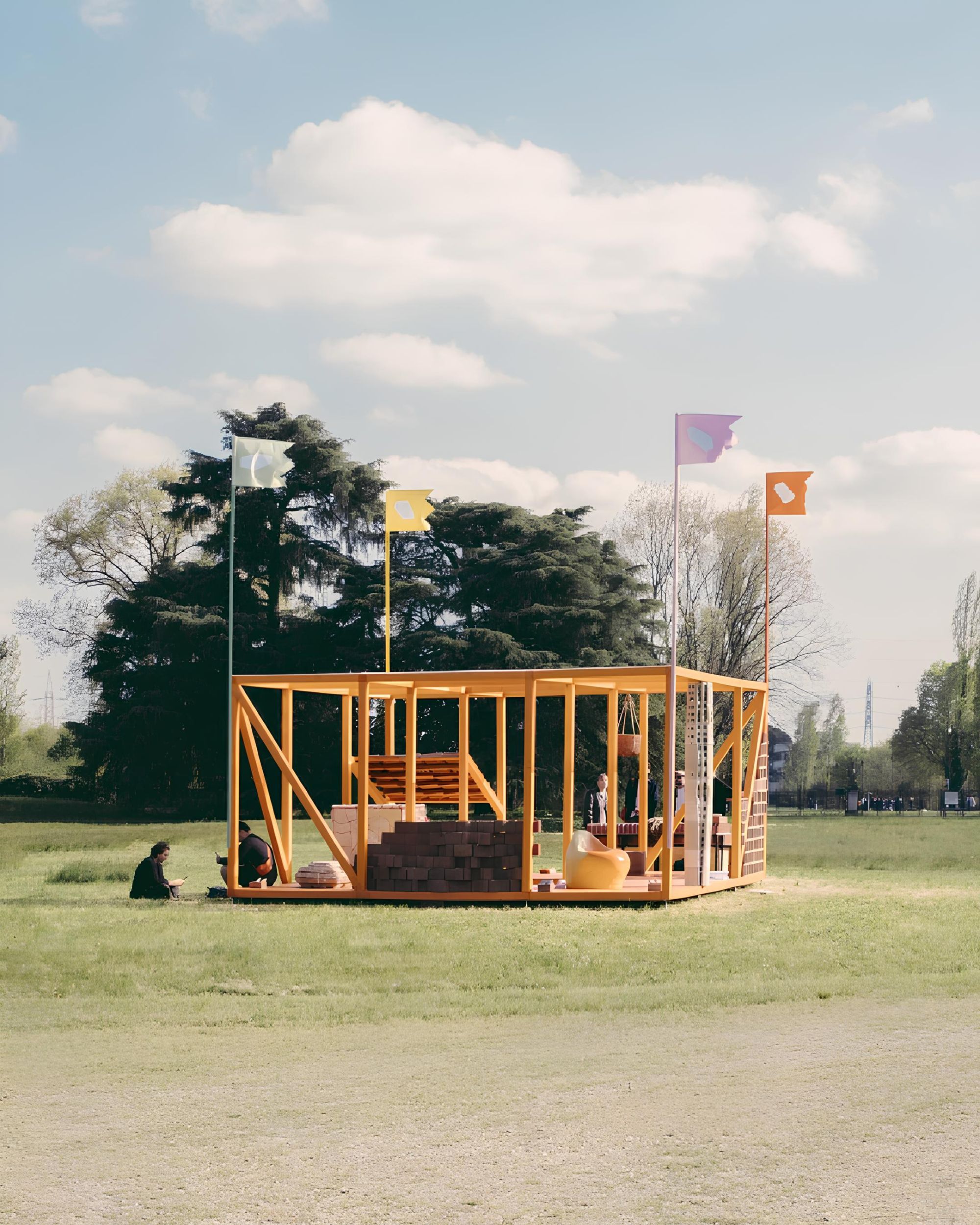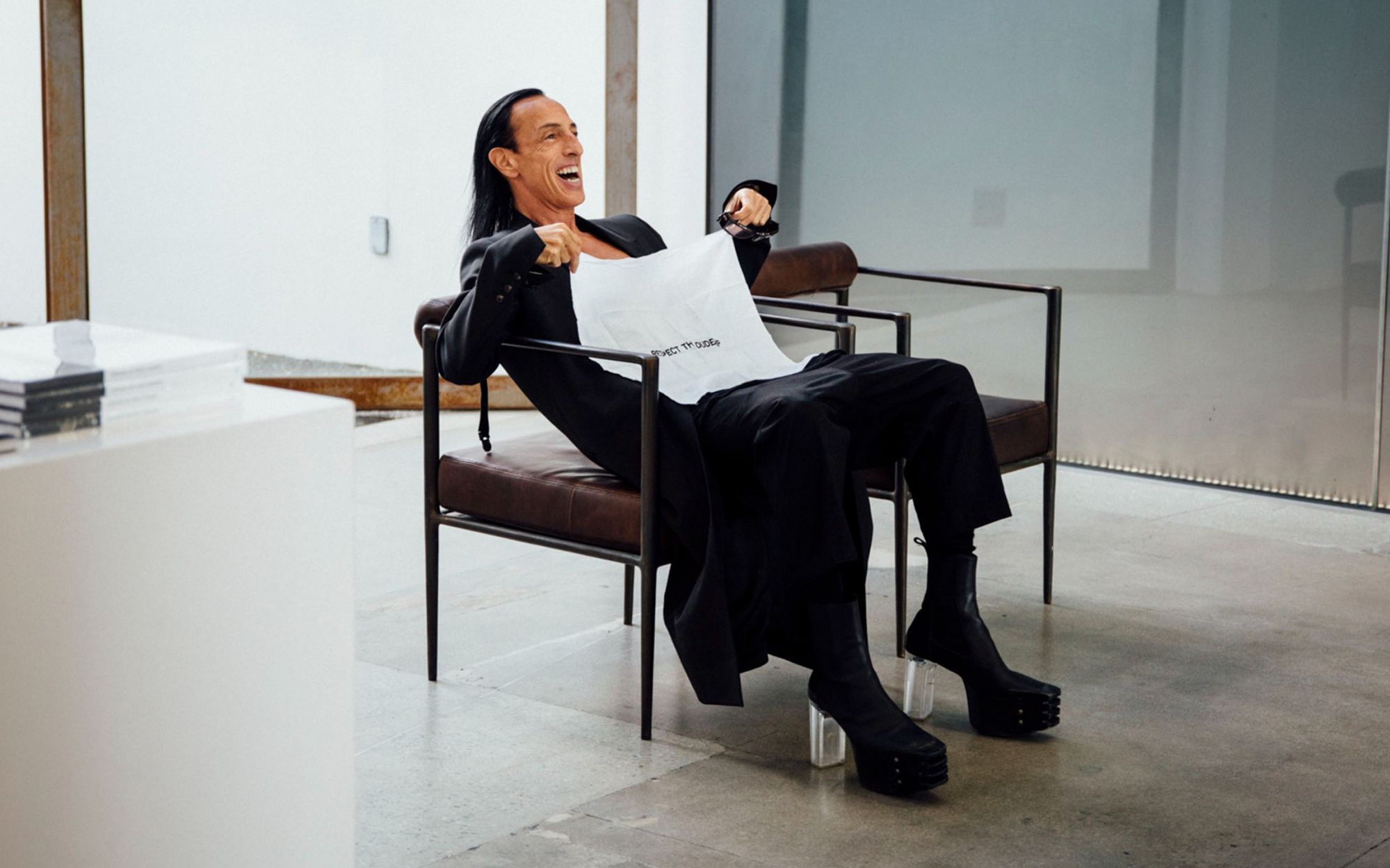
The inafferable aesthetics of Rick Owens' furniture Behind the world of opulent and vaguely alien furniture signed by the designer together with Michèle Lamy
Talking about uniqueness when delving into the style of a designer sounds rhetorical. The word "uniqueness" is often used by those who have nothing unique or personal about them. But if there is someone for whom the term retains its meaning, this is undoubtedly Rick Owens. Alien with respect to contemporary cultural production, creator of a precise and well-defined aesthetic and faithful only to himself and extraneous to any form of compromise, Owens is a complex designer who has studied for years the junction between brutality and grace. And if the press talks a lot about the way this approach of his has been declined in fashion design, less attention has been paid to another project of his, equally interesting: the furniture line. Rick Owens has given his name to a line of furniture produced by his muse and wife, Michèle Lamy, whose creations seem to have come from another planet and seem to be a concretisation of the unique and peculiar imagery of the American designer.
The most important premise to make when talking about the creative duo made up of Rick Owens and Michèle Lamy is that, while as far as the fashion line is concerned, the influence of the latter is secondary compared to that of Rick, as far as the furniture project is concerned, the relationships are reversed. Although the furniture collection bears his name, in fact, it can be said that the mind behind each piece is Michèle's. She goes to the factory to talk to the workers and to the designers. She goes to the factory to talk to the artisans, she selects the materials, she presents the work, she was in charge of setting up the large exhibition at MOCA in Los Angeles, she is the narrator of the texts of the book Rick Owens Furniture published by Rizzoli. After all, Lamy is the person who more than any other has helped Rick Owens shape his brand, she is his wife, but she is above all his muse and his most trusted collaborator. Every project of Rick's also has Michèle's brand, and vice versa, and together they form an unparalleled artistic partnership. As such, it's often difficult to tell where one begins and the other ends, but it's clear that the imprint on the furniture line comes more from Michèle's mind - for the reasons mentioned above. The work set on interior design is a direct continuation of what, as a duo, they have always produced as part of their fashion experience.
Moving on to the actual furniture pieces, these are objects with shapes that are both hypergeometric and primitive, yet strangely fascinating. In terms of inspiration, there are clear references to the work of Le Corbusier and, more generally, to Brutalism - a style of architecture from the 1940s/50s famous for its exposed concrete, which emphasizes the function of buildings and the strength of form over aesthetics - and to 1960s minimalist sculpture (think Richard Serra, Donald Judd or Carl Andre for example) as well as Bauhaus design. The forms are reduced to the bone, polished to be essential and clean, to make the material stand out above all else. The appearance always has a monumental appeal, regardless of its size (which in some pieces is deliberately exaggerated, as in the case of the bed), and the materials selected must accentuate the effect, which is why the works are produced in stone, bronze, black and white marble, bone, petrified wood or alabaster. The result is minimal and ghostly, ancient and futuristic, familiar but at the same time also alien, a bit like Rick Owens' collections.
Another equally interesting element to note is how some pieces are then combined with natural elements. For example, we can mention the famous chairs in which antlers of deer or elk are used as backs or support legs; but also the fur covers of the armchairs. All of this gives the various objects a primitive aspect but projected towards the future, as if a caveman had assimilated the knowledge of the last fifty years and produced a line of luxury furniture. This talk leaves out one of Rick Owens' most iconic pieces, namely the chair with his life-size folded figure and cushion resting on its butt. It leaves it out because these pieces inspired by the controversial work Hat Stand by Allen Jones are a project in their own right, certainly funny and full of humor but they have little to do with his more classic and conceptually more interesting production.
Certainly the furniture project is not the reason why Rick Owens will be remembered, it is in fact a small production, aimed at a highly selected and specific audience that must appreciate a very peculiar style - and have the economic availability to buy it. However, it is interesting to see how this line contains the same elements that make Rick and Michele two of the most loved and followed people in the fashion industry. As in their collections, a radical and uncompromising approach can be seen in these works, which can only come from a design philosophy that is attentive to aesthetics but also disinterested in resorting to trends, as well as being so confident in its own vision that it manages to convince others.










































